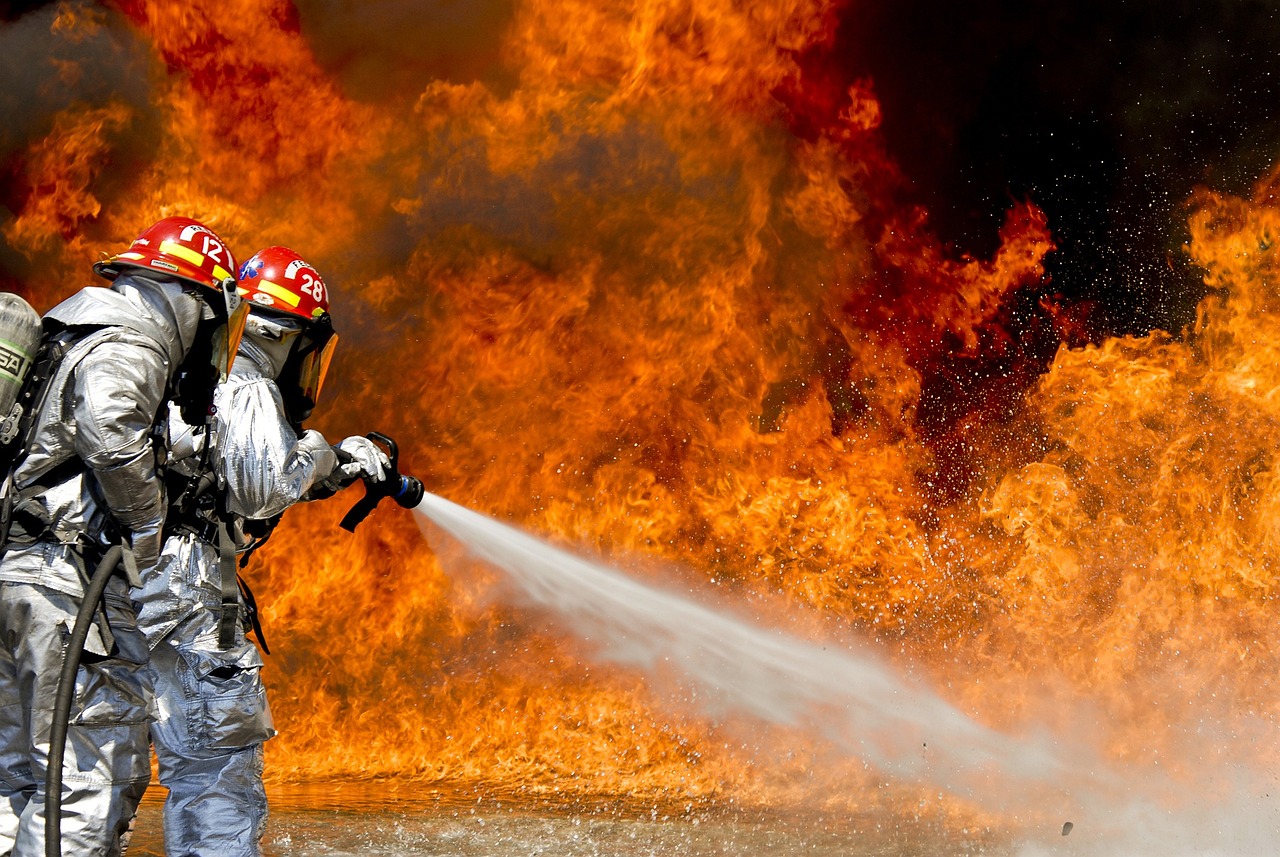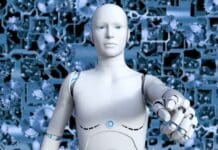This post is also available in:
 עברית (Hebrew)
עברית (Hebrew)
Firefighters work in a highly dangerous environment, constantly dealing with fire, debris, smoke, and extreme heat. Surprisingly, the number one cause of fatalities among firefighters is actually cardiac arrest, which accounts for 40% of on-duty fatalities among firefighters, and the solution comes from an unexpected source.
Researchers at the National Institute of Standards and Technology (NIST), in collaboration with the University of Rochester and Google, have successfully developed an AI model that can accurately determine if a firefighter is about to experience a cardiac event. The use of AI showed an ability to detect abnormal heart rhythms, a key cause of sudden cardiac death.
According to Cybernews, the research published in the Fire Safety Journal revealed that the AI model was able to correctly identify around 97% of abnormal electrocardiogram (ECG) samples in a unique dataset collected from firefighters.
A firefighter is twice as likely to experience a sudden cardiac death than a police officer, and four times more than other emergency responders.
The research team used a very unique dataset that was collected a decade earlier by the University of Rochester, which contained 24 hours of ECG data from 112 firefighters, during both their on and off-duty hours.
The model developed by the NIST research team is called the Heart Health Monitoring (H2M) model, and it combines machine learning with the Rochester dataset. The H2M recognizes and classifies normal and abnormal heartbeats indicative of irregular heart rhythms.
The vision of the research team is for the H2M model to be used in portable heart monitors that firefighters could wear on duty, which would provide real-time alerts to potential cardiac irregularities, acting as an on-the-spot AI cardiologist.
The model’s applications could even be extended to other industries and benefit other high-risk groups and even the general public if trained with the right datasets.
NIST researcher Wai Cheong Tam noted, “This technology can save lives. It could benefit not only firefighters but other first responders and additional populations in the general public.”


























